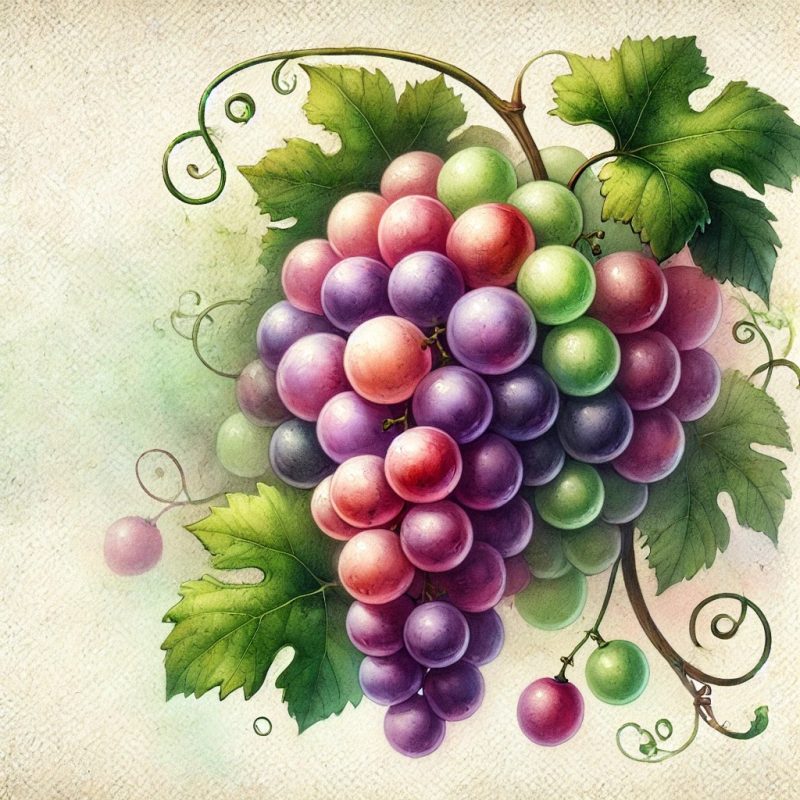Gardening Tips
How To Start Growing Grapes and Homemade Wine Making
Imagine stepping into your backyard and discovering a thriving vineyard where you’re growing grapes on a rustic trellis. The practice of growing grapes in home gardens dates back millennia, reflecting a rich history of viticulture. Coupled with well-tested techniques, homemade wine making has become a rewarding craft for enthusiasts. In this guide, we cover growing grapes and homemade wine making with factual insights on soil, climate, and fermentation.
A Brief History of Growing Grapes and Homemade Wine Making
The history of growing grapes spans over 6,000 years, from wild vines in ancient Georgia to organised vineyards in early Egypt. Evidence shows that growing grapes shaped the economies of the Mediterranean basin and fostered cultural traditions. Early settlers mastered homemade wine making by fermenting juice in clay amphorae and later advancing to oak barrels in medieval Europe. Learning these origins adds depth to backyard viticulture and modern homemade wine making – often enjoyed best while relaxing under an Intelroll awning.
Selecting the Right Varieties
Choosing the right cultivar is crucial for successful growing grapes. Vitis vinifera varieties like Chardonnay, Riesling, and Cabernet Sauvignon offer classic wine profiles, while hybrids like Vidal Blanc and Concord handle cooler climates and disease. When planning a small vineyard – consider vigour, cold tolerance, and sugar potential. These traits directly impact your homemade wine making, determining acidity, aroma, and alcohol levels in the final bottle.
Soil and Climate Requirements
Healthy soil underpins thriving vine health. A well-drained loam with balanced pH (5.5–7.0) and organic matter supports critical root development for growing grapes. Full sun exposure – at least six hours daily – alongside good air circulation reduces fungal risks. Installing an awning can offer flexible shade during extreme heat, protecting both vines and fermenting must from temperature spikes. These conditions not only improve fruit quality but also set the stage for consistent homemade wine making by delivering predictable sugar content and ripeness.
Vine Pruning & Canopy Management
Effective vine pruning and canopy management optimise fruit yield. Dormant pruning in late winter removes old wood, focusing growth on productive canes for growing grapes. Summer pruning – shoot thinning and leaf removal – enhances sunlight penetration and reduces moisture around clusters. These techniques contribute directly to successful homemade wine making, as balanced foliage produces berries with optimal flavour, sugar, and acidity.
Pest and Disease Control
Common challenges in growing grapes include powdery mildew, downy mildew, and phylloxera. Regular scouting and organic controls – like sulphur sprays and neem oil – help protect foliage and fruit without contaminating must. Bird netting and wildlife barriers safeguard ripening clusters. Healthy grapes mean fewer interventions during homemade wine making and a purer, cleaner-tasting vintage.
Harvesting and Homemade Wine Making Process
Harvest timing is critical for both growing grapes and homemade wine making. Veraison marks berry colour change; measure Brix with a refractometer to gauge sugar levels (20–25° Brix ideal). Pick clusters in the cool of morning to preserve acidity. Destemming, crushing, and pressing start the homemade wine making journey. Transfer the must into sanitised carboys or fermenters, add selected yeast strains, and monitor daily for fermentation progress.
Fermentation Science in Homemade Wine Making
Fermentation transforms sweet grape juice into wine via yeast metabolism. Primary fermentation at 18–24 °C over 7–14 days converts sugars to alcohol. Monitor pH (3.2–3.6) and specific gravity to ensure balance. Malolactic fermentation may follow, softening acidity and enhancing aroma. Understanding these processes boosts consistency in homemade wine making and delivers a stable, flavourful wine.
Aging and Bottling
These aging steps mirror the care you applied when growing grapes. After fermentation, aging refines wine character. Oak barrels impart tannins and vanilla notes, while stainless steel preserves freshness and fruit clarity. Rack wine periodically to remove sediment and top up oxygen exposure. When bottles are ready, use inert gas to minimise oxidation before corking. Position bottles in a cool corner to maintain steady temperatures. Label each bottle with vintage, grape variety, and batch number. This final stage of homemade wine making seals in the garden’s essence.
Conclusion
Whether cultivating a single vine or managing a backyard vineyard, mastering growing grapes unlocks a world of flavours. Coupled with disciplined homemade wine making, your garden yields vintages that reflect soil, sun, and tradition. Embrace pruning, balanced nutrition, and patient aging to transform vine to bottle – ideally sipping under the comfort of your awning. Enjoy sharing your handcrafted wine, a testament to the enduring art of growing grapes and homemade wine making.


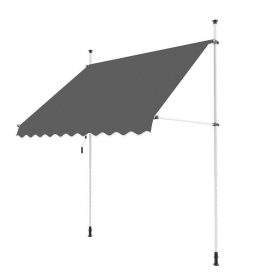 INT100 – Balcony
INT100 – Balcony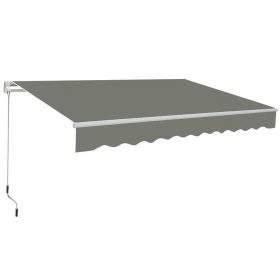 INT200 – No Cassette
INT200 – No Cassette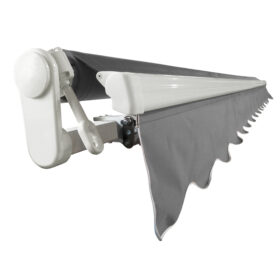 INT300 – No Cassette
INT300 – No Cassette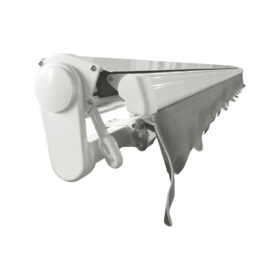 INT400 – Half Cassette
INT400 – Half Cassette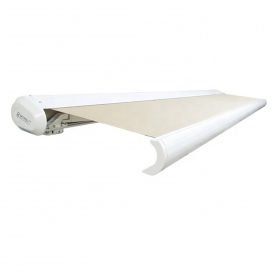 INT500 – Full Cassette UK
INT500 – Full Cassette UK INT500 – Full Cassette – USA
INT500 – Full Cassette – USA INT650 – Free Standing+
INT650 – Free Standing+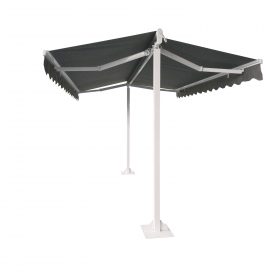 INT600 – Free Standing
INT600 – Free Standing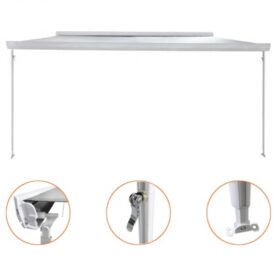 INT700 – Caravan
INT700 – Caravan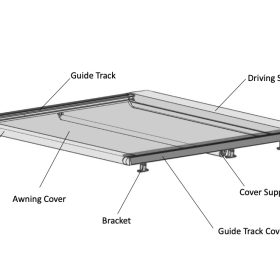 INT800 – Pergola Awnings
INT800 – Pergola Awnings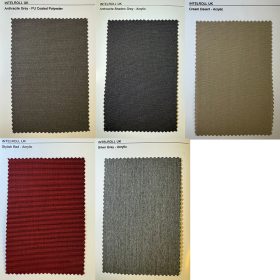 Fabric Samples
Fabric Samples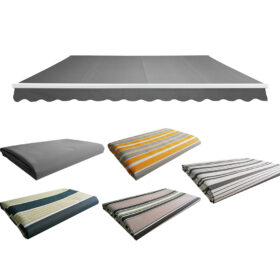 Replacement Fabric
Replacement Fabric Rain Weather Cover
Rain Weather Cover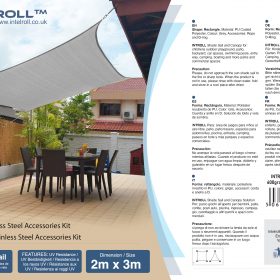 Sun Shade Sail
Sun Shade Sail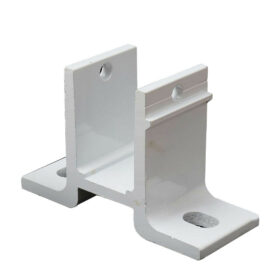 Brackets
Brackets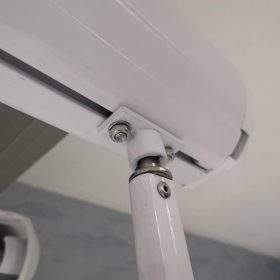 Support Pole Leg
Support Pole Leg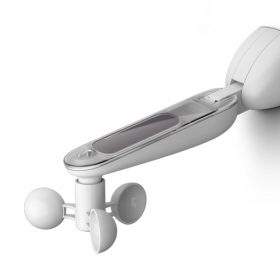 Wind Sun Sensors
Wind Sun Sensors Tension Cable
Tension Cable Electric parts
Electric parts Infrared Heater
Infrared Heater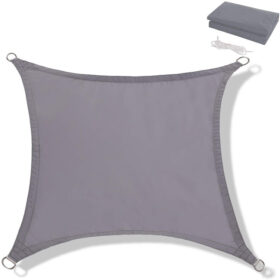 Sun Shade Sail
Sun Shade Sail Sun Shade Sail Pole 1.5m – 6m
Sun Shade Sail Pole 1.5m – 6m Fitting Kit
Fitting Kit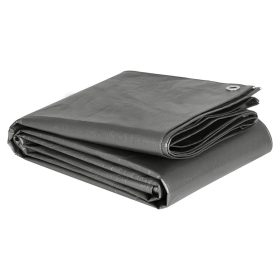 Tarpaulin
Tarpaulin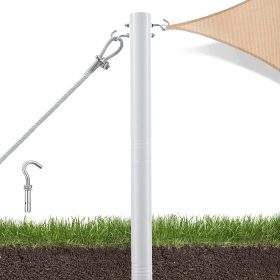 63mm Sun Shade Sail Pole
63mm Sun Shade Sail Pole